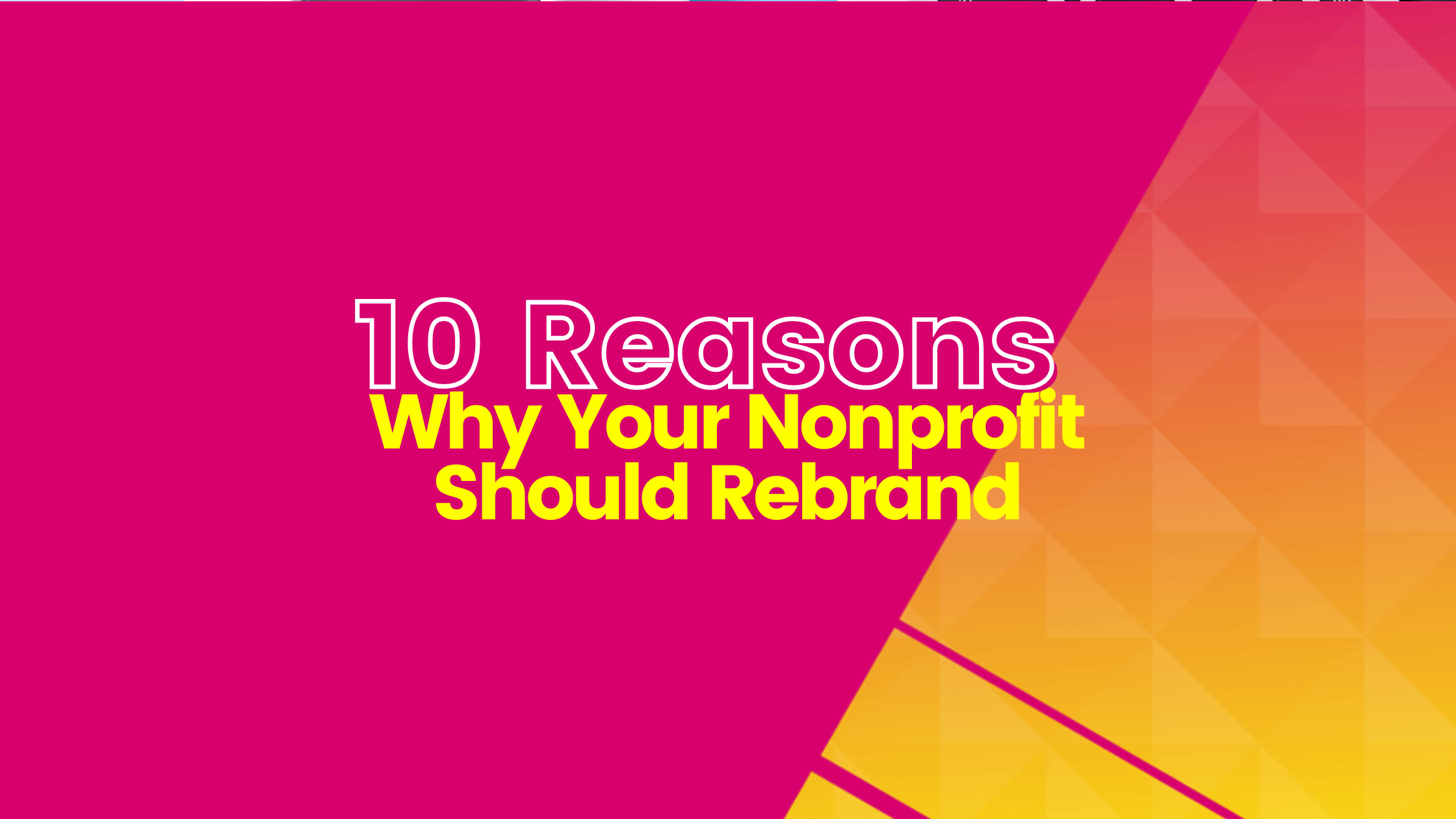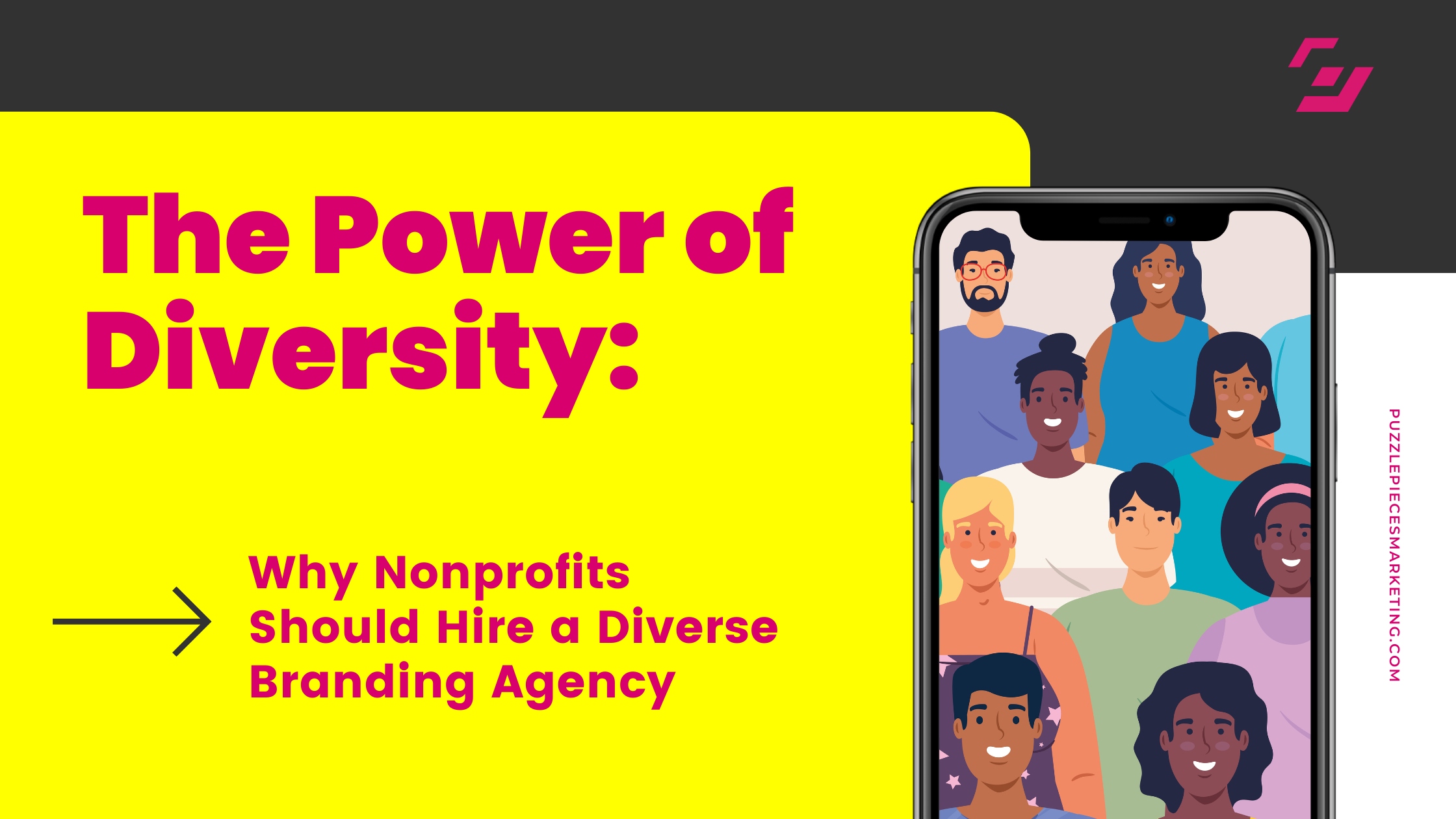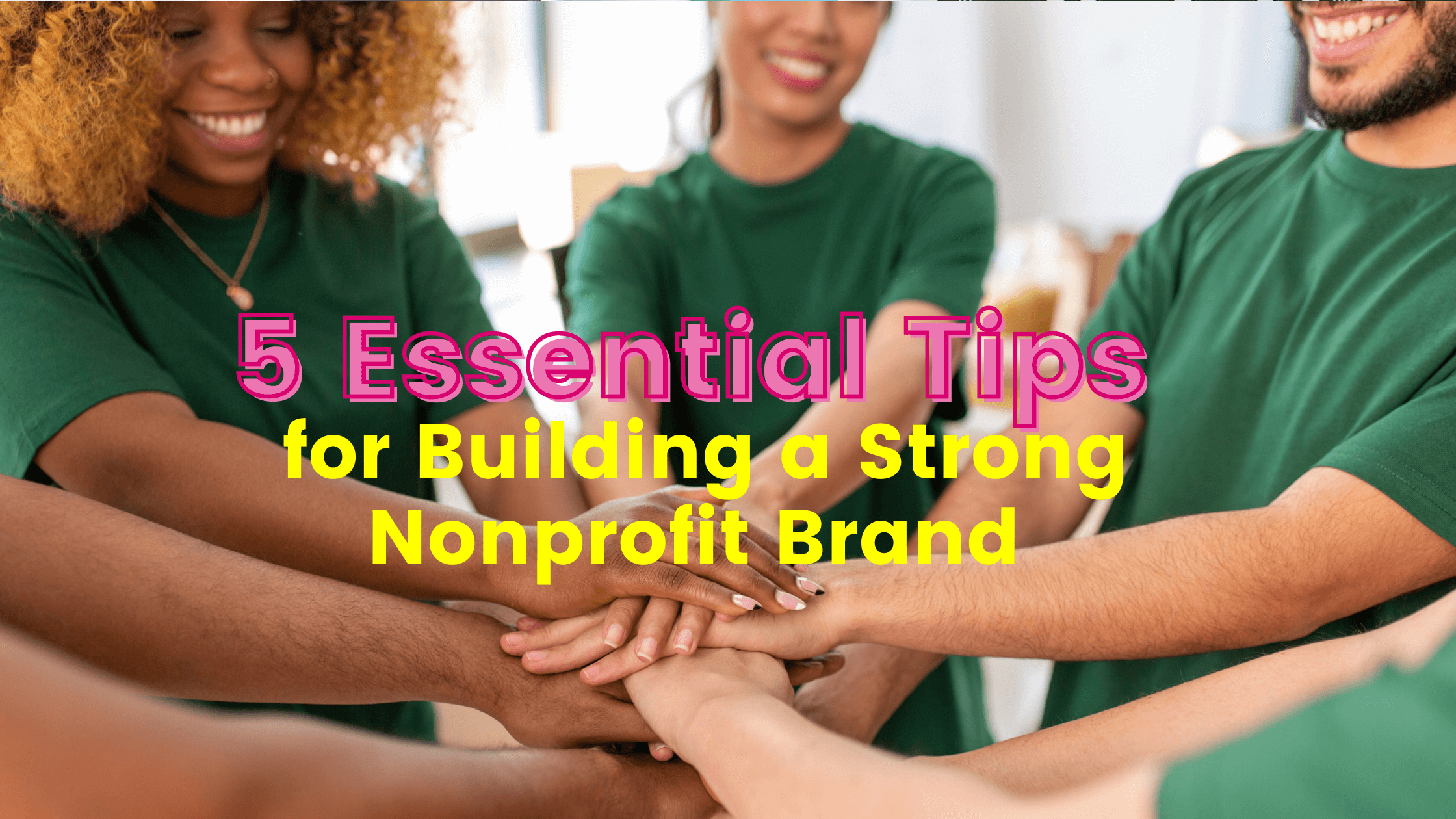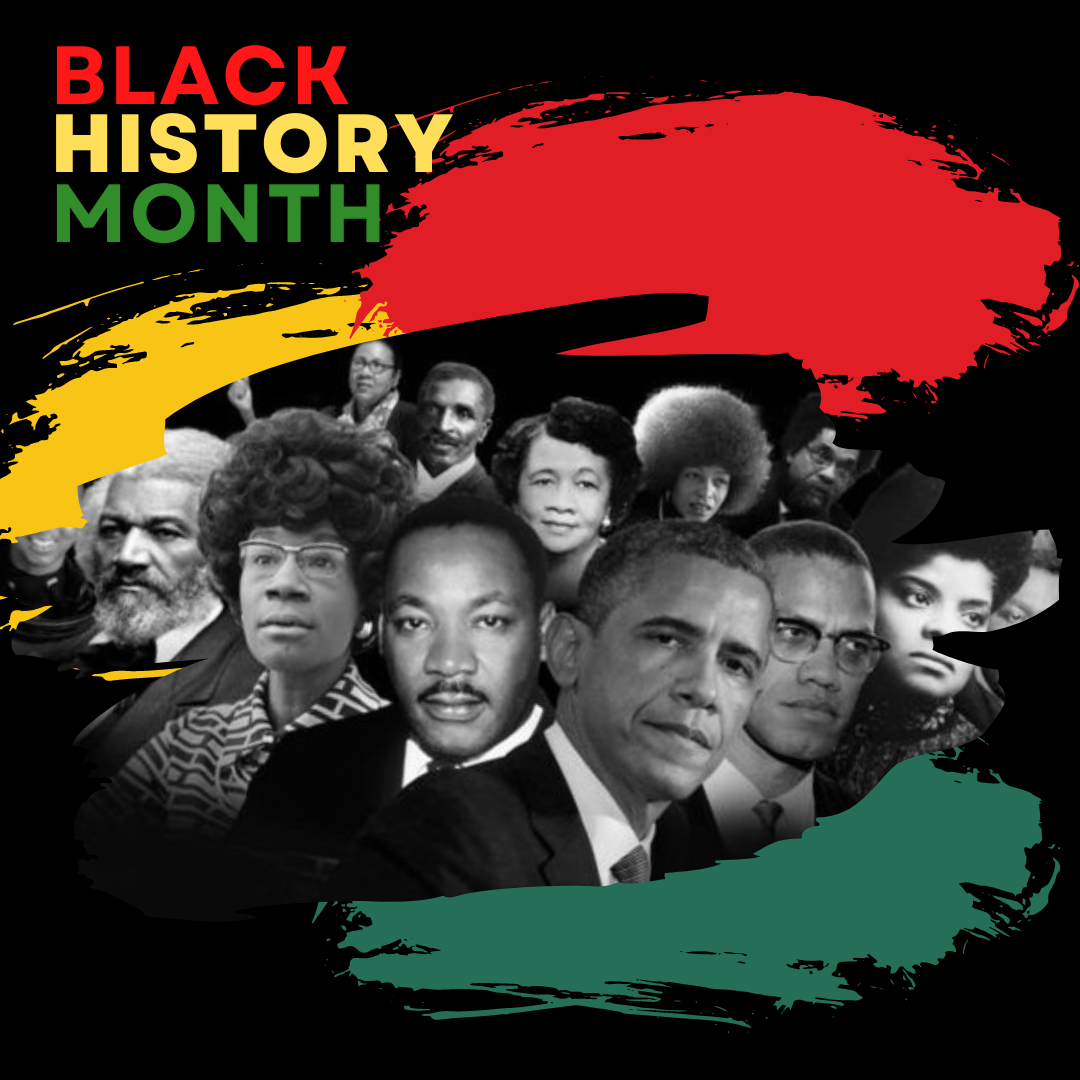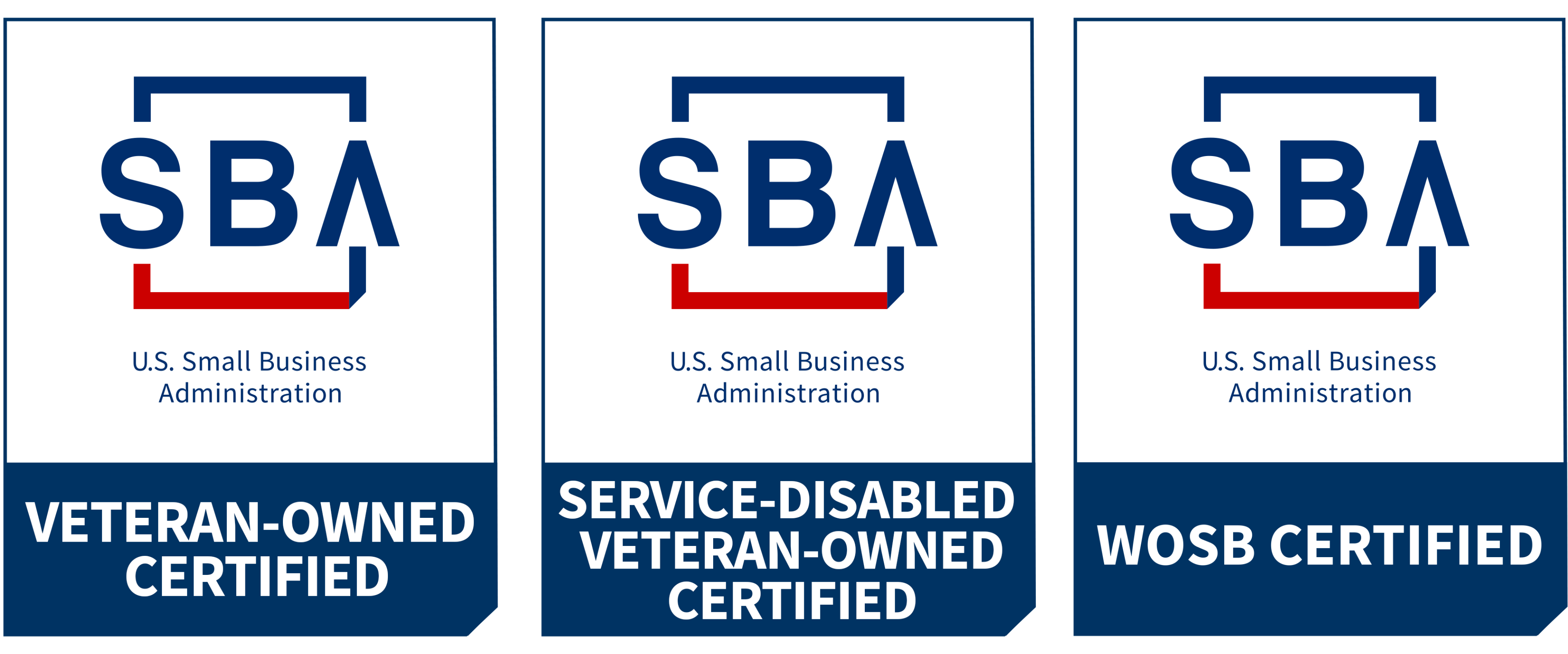Branding vs Messaging: Differences and Similarities
Two buzzwords you’ll often hear in marketing are branding and messaging. Both are important in how an organization presents itself to the world, and on the surface, these terms may seem interchangeable. However, there are nuanced differences that are important to note.
Put simply, branding is the ethos of the company or organization.
Messaging is how that ethos is portrayed to the world.
You can also think of branding as “internal” or company-facing and messaging as “external” or audience-facing. Although, as you’ll see, there’s more subtlety than simply this distinction.
What is Branding?
When you think about branding, one simple question should come to mind: Who are we?
Every organization needs a branding strategy to establish an answer to this fundamental question. But keep in mind, “who are we” is much more than “what we do.”
Consider a nonprofit that works to keep coastlines clean. “What this organization does” may include organizing beach cleanups and petitioning for more trash cans to be placed near tourist-heavy areas. While these are key activities of the nonprofit, they don’t speak to the ethos of the organization. To surface this element, you’ll need to probe further.
Why does this organization exist? Is it to ensure that both land and sea animals have a safe home to live and breed? Or is it to ensure future generations can enjoy the same beautiful coastlines as we do? Or is it both?
By better understanding these types of questions, you strike at the heart of the organization’s brand.
As you work on your brand identity, consider your:
- Values – What does your organization believe in? What is your main, overarching goal? What change does your organization wish to make in the world? Values should be clearly outlined from the get-go, and a strong nonprofit organization will rarely waiver on this aspect of their brand.
- Style – While the message your organization tells may change over time, the style through which you tell it should remain the same. Branding is all about sparking an emotion that resonates with your audience. Your organization should have certain qualities that are simply unmistakable–whether that includes a logo, a color scheme, or a motto.
- Internal team – The people who make up your organization are also critical to determining a brand. Are they passionate fighters for ecological change? Or are they kind-hearted individuals dedicated to serving their communities? Allow the people to influence your image.
What is Messaging?
If branding is who you are, then messaging is what you have to say. This messaging is then directed to your audience of volunteers, philanthropists, and the broader community.

Here are some specific ways that organizations can understand and improve their messaging:
- Communication – Messaging is all about effective communication. This means choosing the most appropriate ways to spread your message. While some organizations opt for advertisements, email newsletters, or brochures—others may take a more contemporary route (such as social media marketing, vlogs on YouTube, and blog posts).
- Background – It’s important to accompany your message with powerful storytelling, as well. Your audience wants to know the background of your organization. This includes where you come from, why you’ve started this organization, and where you’d like it to go. A transparent history will lend more credibility to your messaging.
- Consistency – The key to effective messaging is consistency. Organizations should craft a wide variety of marketing that all points back to the same core message. While branding should be the foundation of your organization, consistent messaging makes up the building blocks. Each post, advertisement, and statement your organization puts out into the world will craft their messaging strategy.
Differences and Similarities
So now that you understand branding and messaging on their own, it’s time to put these marketing strategies in the ring together. Let’s take a look at the biggest similarities and differences between branding and messaging:
- Similarities – Both branding and messaging are important in terms of crafting an organization’s image. Your messaging should overlap with branding in a cohesive way. This means the words and images you use will exist to further your organization’s goals.
- Differences – While branding and messaging share a similar goal, the approach you take for each strategy will differ quite a bit. Messaging should be able to evolve by adding more topics and forms of communication over time. Branding, on the other hand, is designed to stay the same.
Puzzle Pieces Marketing: Your One-Stop-Shop for Branding and Messaging
There are a lot of variables when it comes to branding and messaging. While you may be confident in your organization’s story and goals, figuring out how to market these elements can be tricky.
Here at Puzzle Pieces Marketing, we specialize in helping nonprofit organizations widen their outreach. From social media posts to improved website designs, we’re here to help nonprofits every step of the way.
As an organization, you’ve got enough on your plate. Let us take care of the branding and messaging—so you can focus on what matters most.
Sources:
Brand Master Academy. The Critical Importance Brand Messaging Strategy. https://brandmasteracademy.com/importance-of-brand-messaging/
Team Clarus. Positioning, Branding, Messaging, Oh My! http://www.teamclarus.com/blog/2010/10/positioning-branding-messaging-oh-my/



